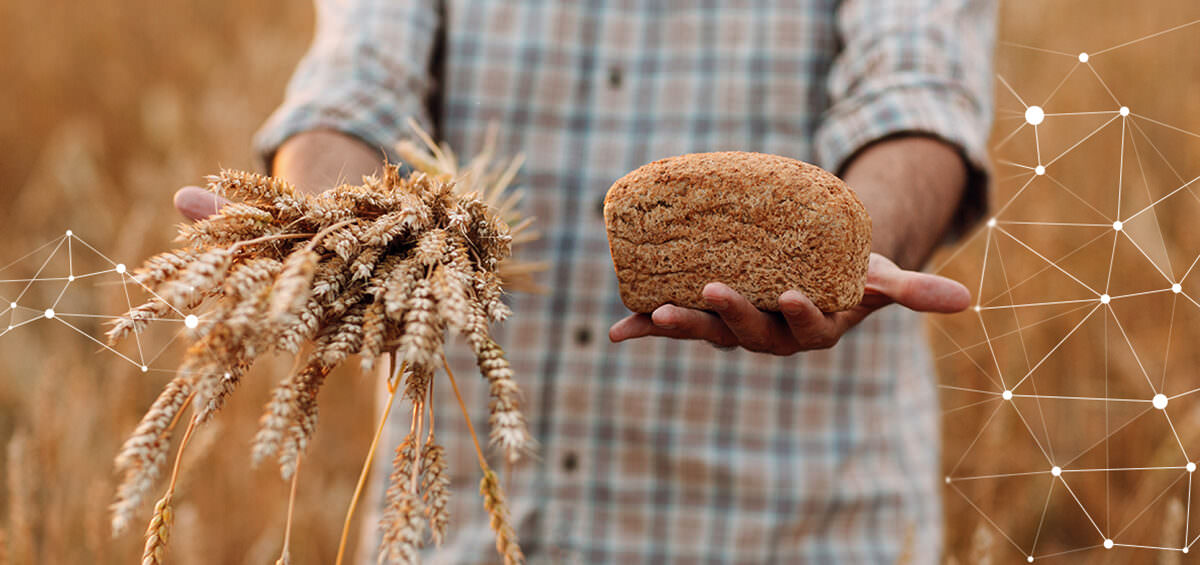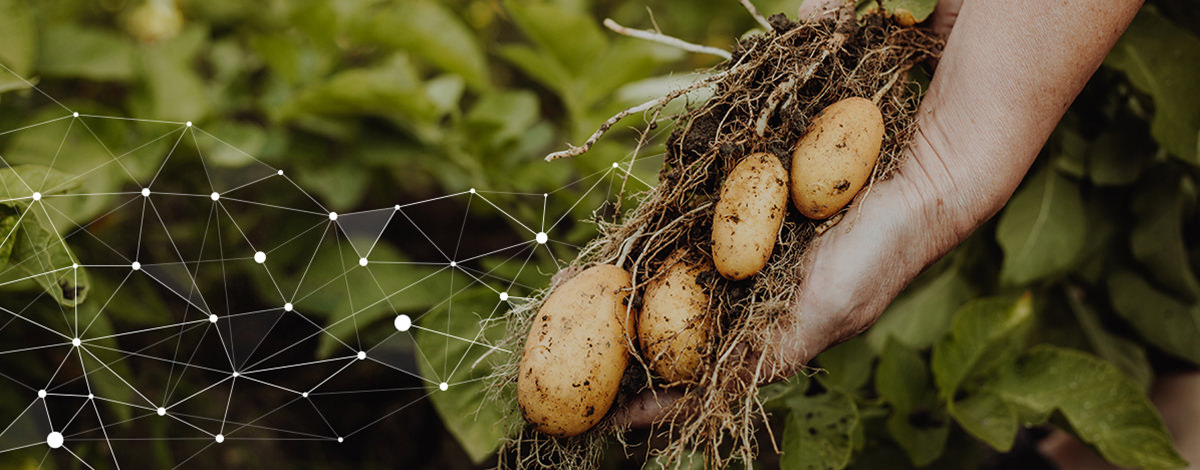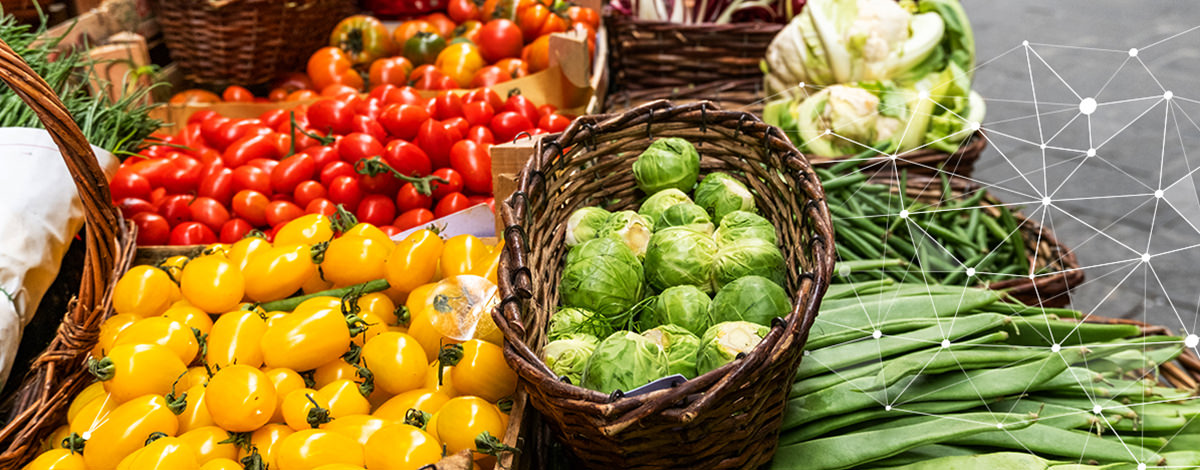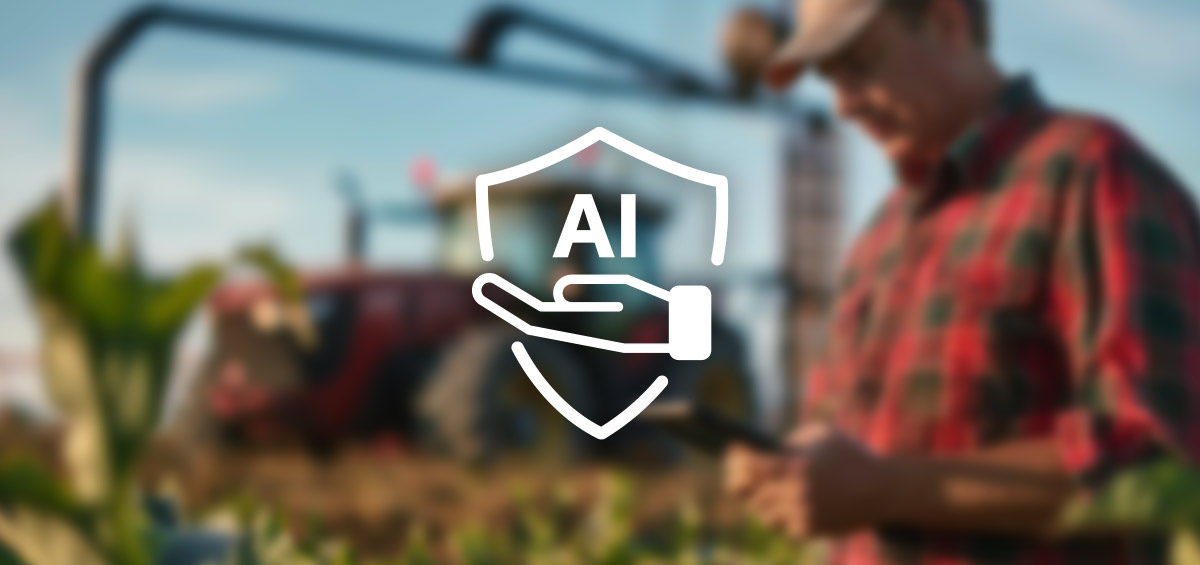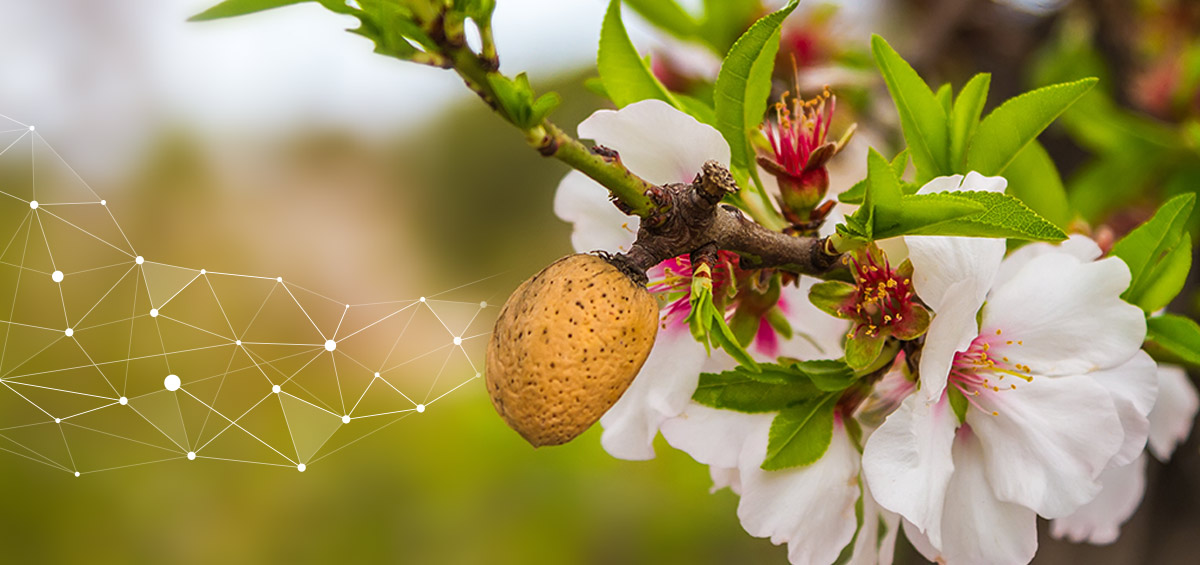Digital agriculture is key, not only to strengthen the local production but also to competitiveness on the global market.
Prior to the COVID-19 pandemic, the issue of the advantages of globalization compared to local food production was primarily discussed on academic and international political levels. What is more, the discussion revolved around highlighting the advantages and disadvantages of the different countries’ over-reliance on one or the other extreme. At the same time, the issue of strengthening the local production was predominantly examined in relation to its potential for rural development and in the context of strengthening food safety. All the while, we have long been aware of the consequences, both economic and social, of poor nutrition.
Poor-quality food, resulting in either malnutrition or obesity, costs companies around the world approximately USD 38 billion (as estimated by the Chatham House think tank). Furthermore, the US administration claims that each year, one in six Americans gets sick from poor-quality food. And yet, these facts have not been enough to kick-start a comprehensive discussion on the necessity of introducing changes to agricultural production management.
However, the arrival of the COVID-19 pandemic has suddenly rekindled the interest in this particular issue, pushing it immediately into the political arena. At the same time, the emphasis on food safety has been further increased by broadening the debate to include the need to secure food sovereignty.
The European Commission had recognized the need for shorter supply chains in food production even before the pandemic hit, by expanding the scope of the European Green Deal to include food production – a move that has proven to be of considerable importance during the pandemic. The main reason for that is increasing the productivity of the European Union’s agricultural production and self-sustainability when it comes to food production. However, with goals as ambitious as that, there is always the question of how to achieve them.
Digital agriculture has been recognized as the only sustainable solution in this case. It allows farmers to make substantial savings across all production stages, as well as increase their productivity by sharing best production practices. At the same time, it increases the transparency for the end-users by ensuring production traceability.
According to a McKinsey analysis, global agricultural production is becoming increasingly more competitive, especially in the most developed markets, i.e. in the United States and the European Union. Shortening supply chains in food production and digital agriculture in production has only accelerated the trend, which means that farmers who are not catching up will be unable to keep pace and will drop out of the race. This has been the dominant trend for some time now. In the period between 2005 and 2016, the European Union lost a quarter of its farms (more precisely, 4.2 million of them). Small-sized farms have been hit the hardest.
And if we thought that in previous years the tempo had been set by the global market, now we need to bear in mind that trends in local markets will be key to changes in developed markets.
What will agriculture in the most developed markets look like in the coming years, according to McKinsey?
Presently, both the European Union and the United States are at a rather advanced stage of precision agriculture, which is based on production digitization. McKinsey claims that only the farmers who have mastered precision agriculture will be able to take advantage of the fourth era, next-generation agriculture technologies. This era will enable the advanced use of biotechnologies, gene editing, and increased automation, including agricultural robots that will monitor and process the production, McKinsey concludes.
Such trends are putting enormous pressure on farmers around the world. Increasing the focus on as productive local production as possible is further accelerating the introduction of the necessary changes to agricultural production, which entails an increase in digitization and transparency.
The future of agriculture is bright, both locally and globally; however, only those who recognize the changes and embrace them as soon as possible will eventually succeed.
